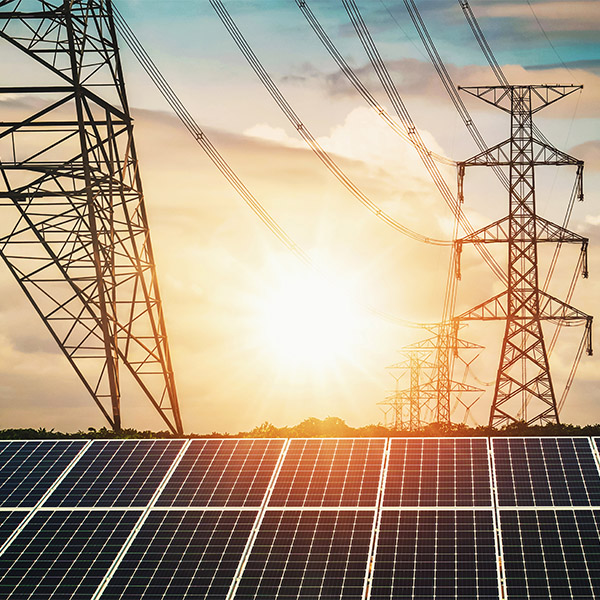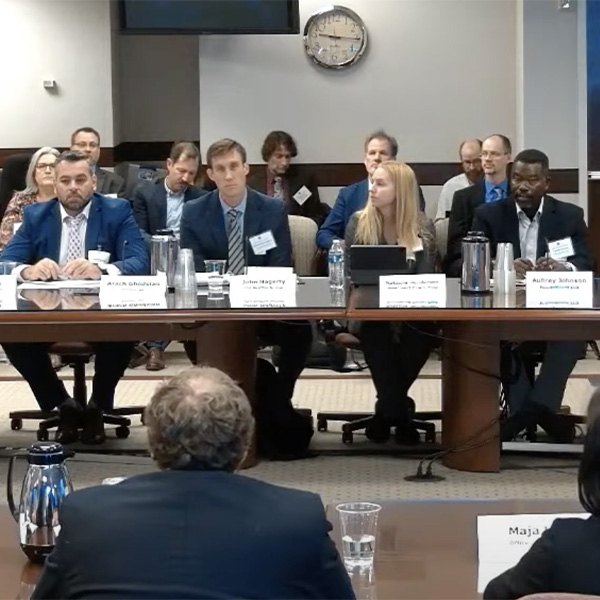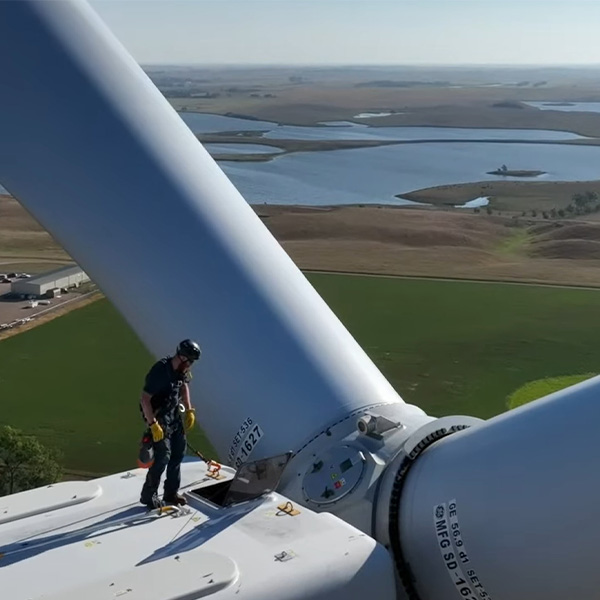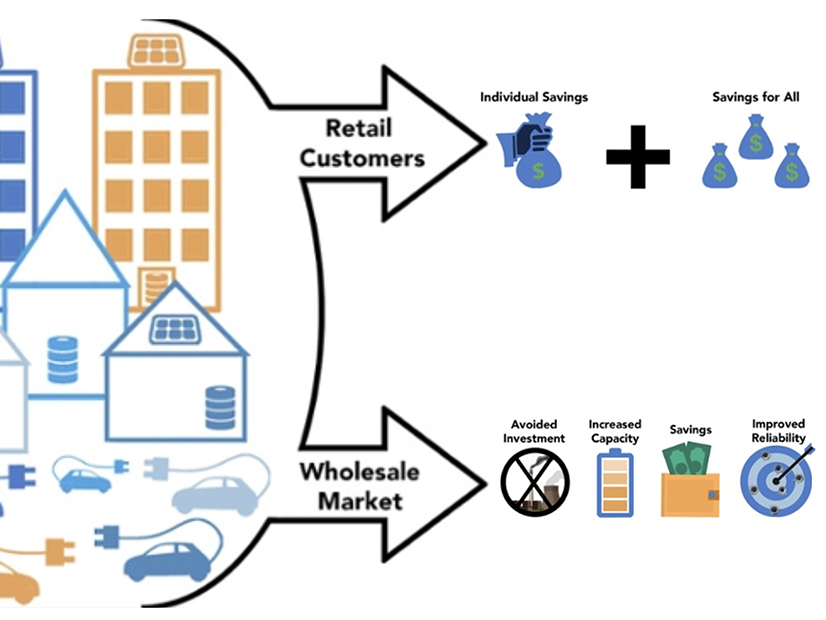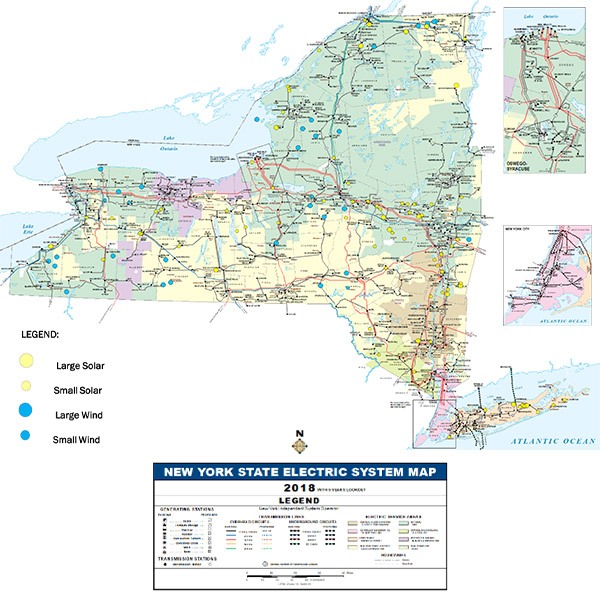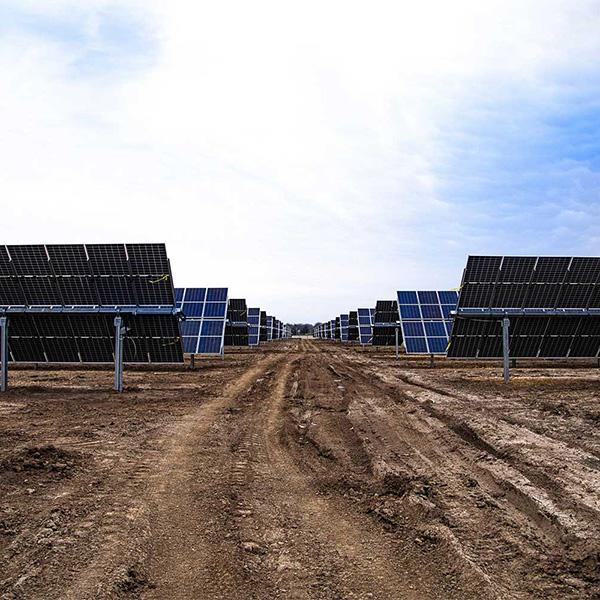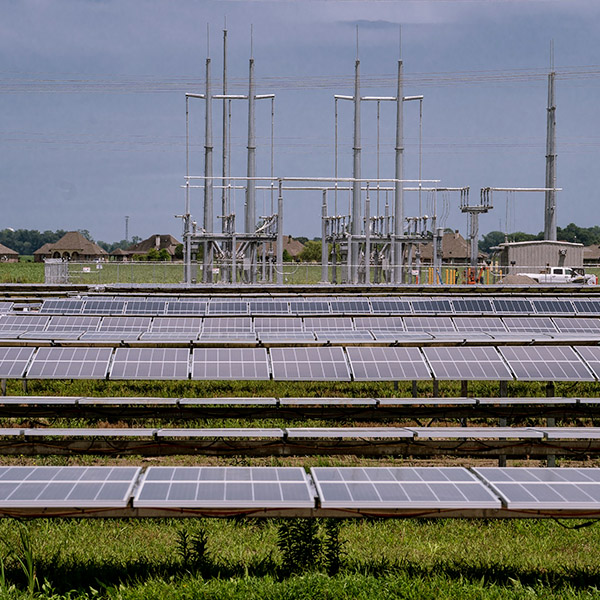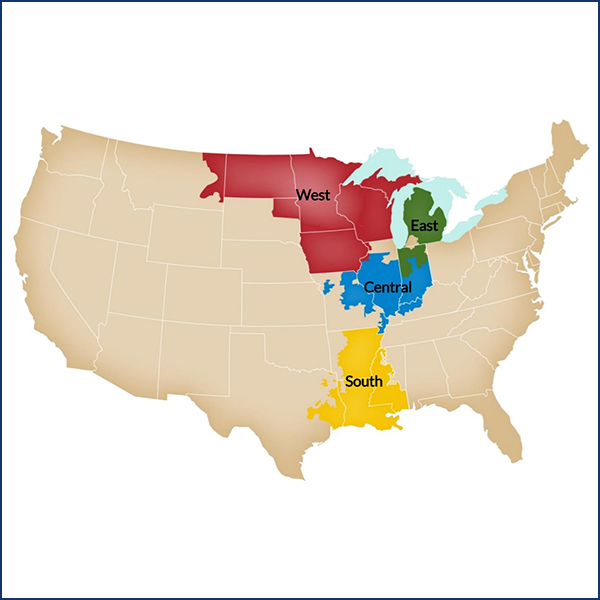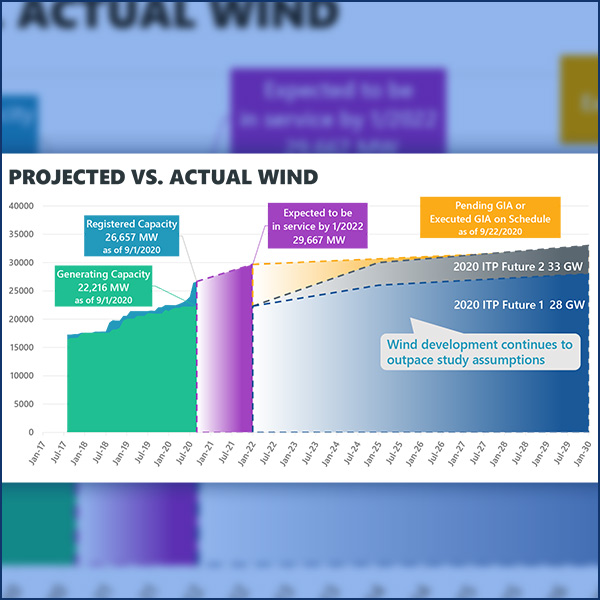energy resource interconnection service (ERIS)
Stakeholders are split on whether FERC should adopt additional changes to its generator interconnection rules, or focus on implementing Order 2023 while letting specific regions go further on their own, according to comments filed after a September technical conference.
FERC is still working to implement the changes to its generator interconnection rules from Order 2023, but it is also considering further changes, as it held a two-day workshop to gather more input.
A group of renewable developers lodged a complaint at FERC over MISO’s pursuit of a smaller system impact threshold on interconnecting generation.
FERC partially accepted NYISO’s second compliance filing for Order 2222, directing the ISO to submit another within 30 days to correct inconsistencies.
NYISO stakeholders voted to recommend the ISO’s Class Year 2021 study results and cost allocations advance to a vote by the Operating Committee.
MISO assured stakeholders that it has the means to study the 170 GW worth of new generation interconnection requests that officially queued up last month.
To decrease congestion, MISO is suggesting a tighter limit on how much new generation can affect the surrounding grid without triggering more network upgrades.
MISO stakeholders said another round of expensive system upgrades would render its West planning region a “dead zone” for new generation.
FERC approved SPP’s affected-system order compliance filing and the RTO's proposal to revise its fast-start pricing practices.
SPP stakeholders endorsed a 10-year transmission plan that will likely continue to underestimate wind energy development.
Want more? Advanced Search
